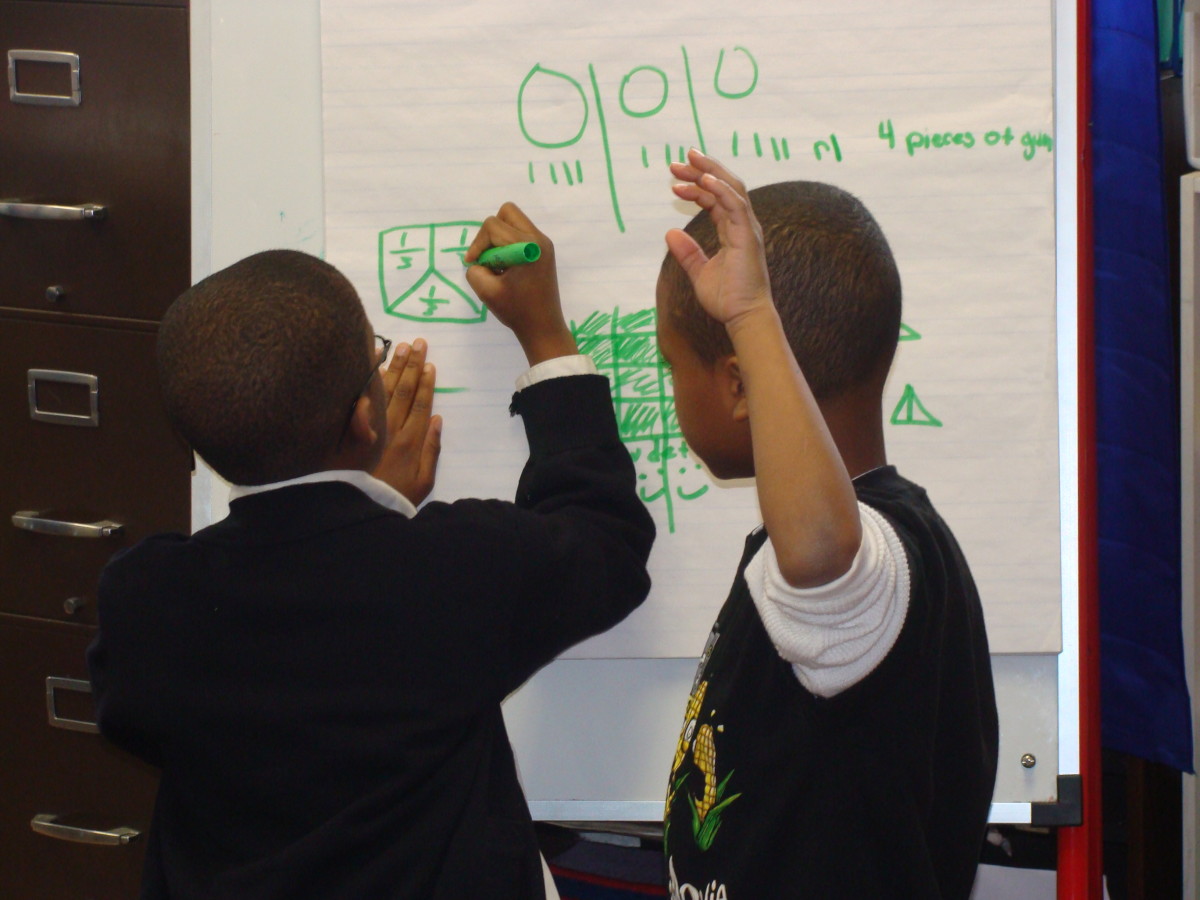Mindset by Carol Dweck Reflection and Summary

Mindset by Carol Dweck
Carol Dweck did a wonderful job at writing this book, it was very informative and made me step back to think about my future career in teaching. Dweck explained that mindsets begin in childhood, extend into adulthood, and can drive multiple aspects of our lives, ranging from parenting and relationships, to sports and work. A big part of the book is her encouragement to the reader that anyone can change their mindset at any age or any stage in life. This change is a challenge, but it is possible and well worth it. The author stated the idea that people exercise either a growth mindset or a fixed mindset. Those with a fixed mindset believe their talents and abilities cannot be improved through any means. They feel that they are born with a certain amount of talent and typically do not wish to challenge their abilities due to the possibility of failure. Individuals with a fixed mindset frequently guard themselves against situations in which they feel they need to prove their personal worth. Challenges are frequently viewed negatively, instead of as an opportunity for personal growth.
More Carol Dweck Books
People that practice a growth mindset believe intelligence, talents, and abilities can be developed over time. They believe abilities can be improved through hard work and persistence. When presented with an obstacle, those practicing a growth mindset tend to rise to the challenge. Often, people of the growth mindset do not fear failure; instead, they view it as a chance to improve themselves. I think it’s very interesting on how having one of these mindsets is complete opposite.
Mindsets are an important part of your personality, but you can change them. Just by knowing about the two mindsets, you can start thinking and reacting in new ways. People can catch themselves when they are in the throes of the fixed mindsets—passing up a chance for learning, feeling labeled as a failure, or getting discouraged when something requires a lot of effort. And then they switch themselves into the growth mindset—making sure they take the challenge, learn from the failure, or continue their effort.
Carol talks about a group process where there were 30 three-person groups with either those with a "fixed mindset" or a "growth mindset". Not only did the growth mindset groups outperform the fixed-mindset groups, the difference became larger the longer the groups worked. They were able to profit from their mistakes and from feedback from each other. There was also more likelihood of more honest opinions and expressed disagreements in the growth-mindset groups. "For the fixed-mindset groups - with their concern about who was smart or dumb or their anxiety about disapproval for their ideas - that open, productive discussion did not happen."(page 134)
Mindsets have origins, and parents, teachers and coaches happen to be key in their development. Every word or action they send is a message that can be either judgmental or developmental. The problem here is that the majority of the time parents, teachers and coaches do what they think is best for the child, without realizing that they are doing exactly the opposite. Sometimes, by praising children, they diminish them. Praise should be given to the effort and persistence rather than intelligence or talent. Grades are not seen as an end in themselves, but as a means to continue to grow. The best thing to do is to teach children to love challenges, be intrigued by mistakes, enjoy effort, and keep on learning. I think this is extremely important for my teaching career and I need to praise my students for their effort they put forth. I remember in elementary I hardly got any but in middle school, I got credit for just trying and it really changed my outlook on learning.
In the book she mentions many sports examples such as Muhammad Ali, Michael Jordan, Babe Ruth, and Wilma Rudolph. All of these people met with difficulty early in their careers that gave each of them more than enough reason to give up, but instead they all had the growth mindset that allowed them to train and improve their skills, leading each of them to become champions in their own right. Darwin and Tolstoy were considered ordinary children, Ben Hogan, one of the greatest golfers of all time, was completely uncoordinated and graceless as a child, the photographer Cindy Sherman, who has been on virtually every list of the most important artists of the 20th century, failed her first photography course, and Geraldine Page, one of our greatest actresses, was advised to give it up for lack of talent. These examples all prove that they had a growth mindset.
Buy The Book: Mindset
In a relationship sense, some people allow experiences to scar them and prevent them from forming satisfying relationships in the future. Other people are able to heal and move on quickly; what separates them is that people with the fixed mindset allow relationships to scar them and as a result, they want to get revenge after a break up. With the growth mindset, people are more understanding and wish to learn from the experience. In relationships, two more subjects enter into your mindset; your partner and the relationship as a whole. This means that three things are able to be "fixed" now. The person with a growth mindset would believe that these three things are able to change. For example in the book she says friends can give each other the wisdom and courage to make growth-enhancing decisions, and friends can reassure each other of their fine qualities. Despite the dangers of praising traits, there are times when we need reassurance about ourselves such as “Tell me I’m not stupid even though I bombed on the exam.” With these occasions, it gives us a chance to provide support and give a growth message such as “What happened on the exam? Did you study enough? Do you think you need a tutor? Let’s talk about it.”
There was a study done with eighth grade students where they read a scenario about bullying and they then had to write a reaction about what they would think and what they would do or want to do. The fixed mindset students took it more personally and said that they wanted violent revenge; that they had been judged and they wanted to judge back. The students with the growth mindset were not as prone to see the bullying as a reflection of who they were. Instead, they saw it as a psychological problem of the bullies, a way for the bullies to gain status or charge their self esteem. We want to encourage and teach students to have a growth mindset dealing with this situation because victims say that when they’re taunted and demeaned and no one comes to their defense, they start to believe they deserve it.
Carol brings up a good point about parents and teachers messages about success and failure in the book. She gives the example of saying “You learned that so quickly! You’re so smart!” or “Look at that drawing Martha, is he the next Picasso or what?” Parents/teachers hear these as supportive, esteem-boosting messages but if you listen more closely you can hear another message (one that the children hear): “If I don’t learn something quickly, I’m not smart,” or “I shouldn’t try drawing anything hard or they’ll see I’m no Picasso.” Yes, children love praise, it does give them a boost but only for the moment. The minute they hit a snag, their confidence goes out the window and their motivation hits rock bottom. I think this is especially important to know in my classroom as a future teacher that praise isn’t always the best answer. Carol says “If success means they’re smart, then failure means they’re dumb. That’s the fixed mindset.” She also talks about judgment and how maybe all kids think their parents are judging them (nag and judge). But that’s not what students with the growth mindset think, they think their parents are just trying to encourage learning and good study habits.
Mindset Conclusion
The whole concept of the book is based on achieving a growth mindset and it can be used in unlimited ways. I think in the classroom it is very effective for your students to be encouraged to think that way. Every educator should read this book as it is very eye opening for encouraging their student’s or children’s successes.







